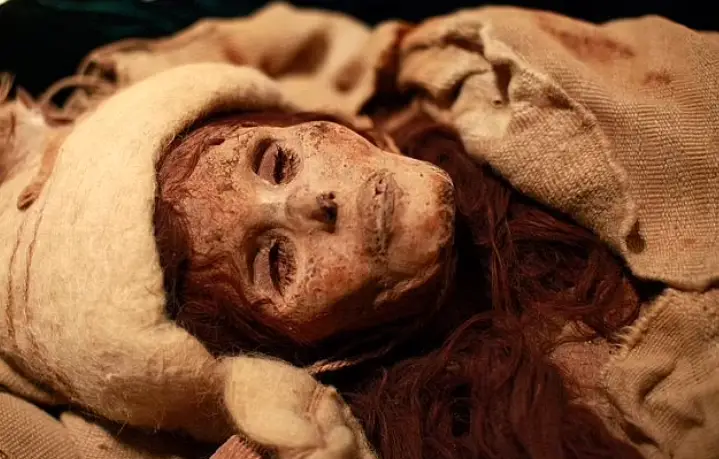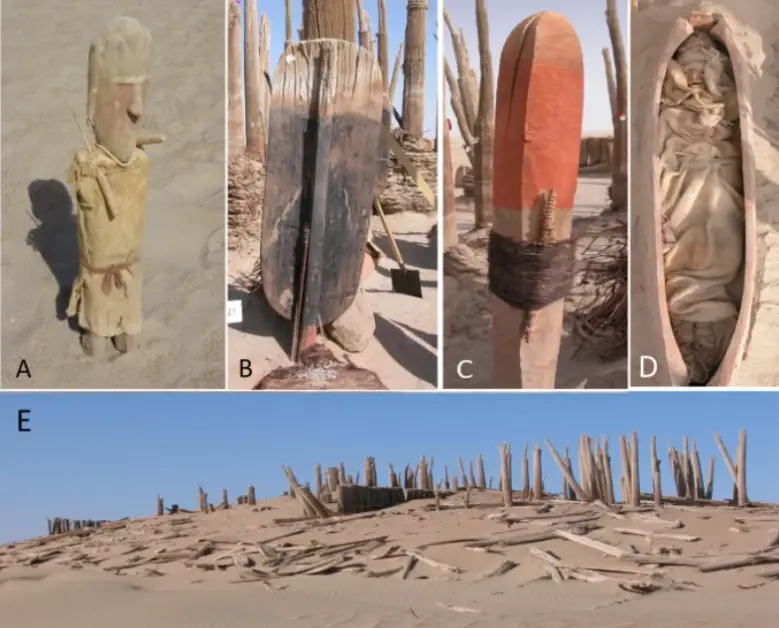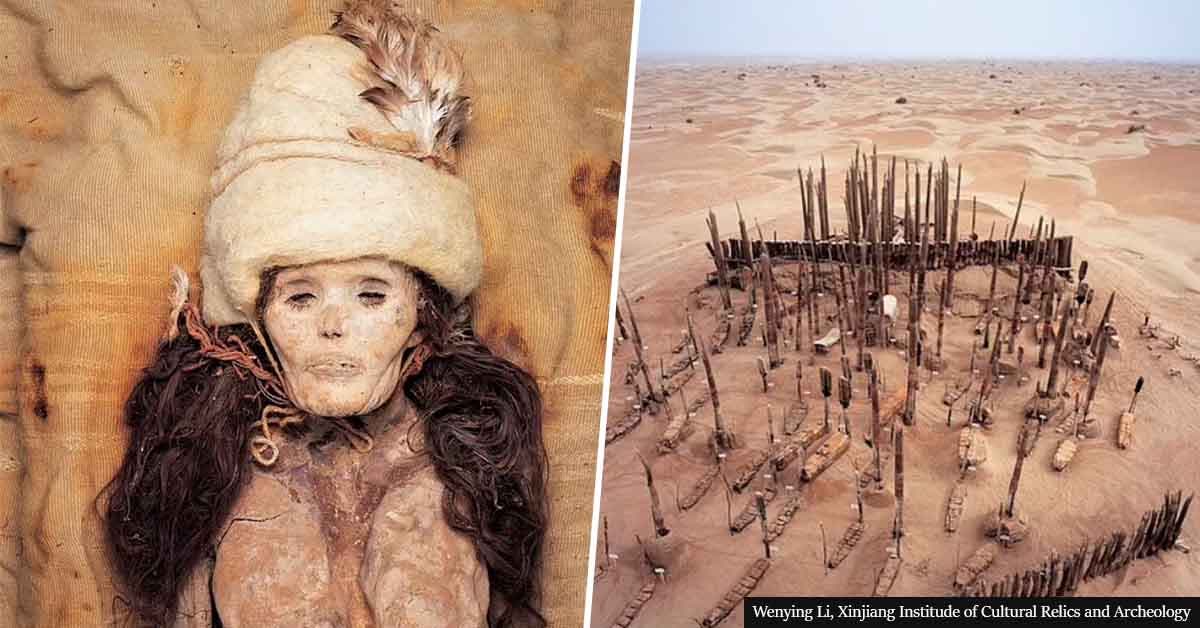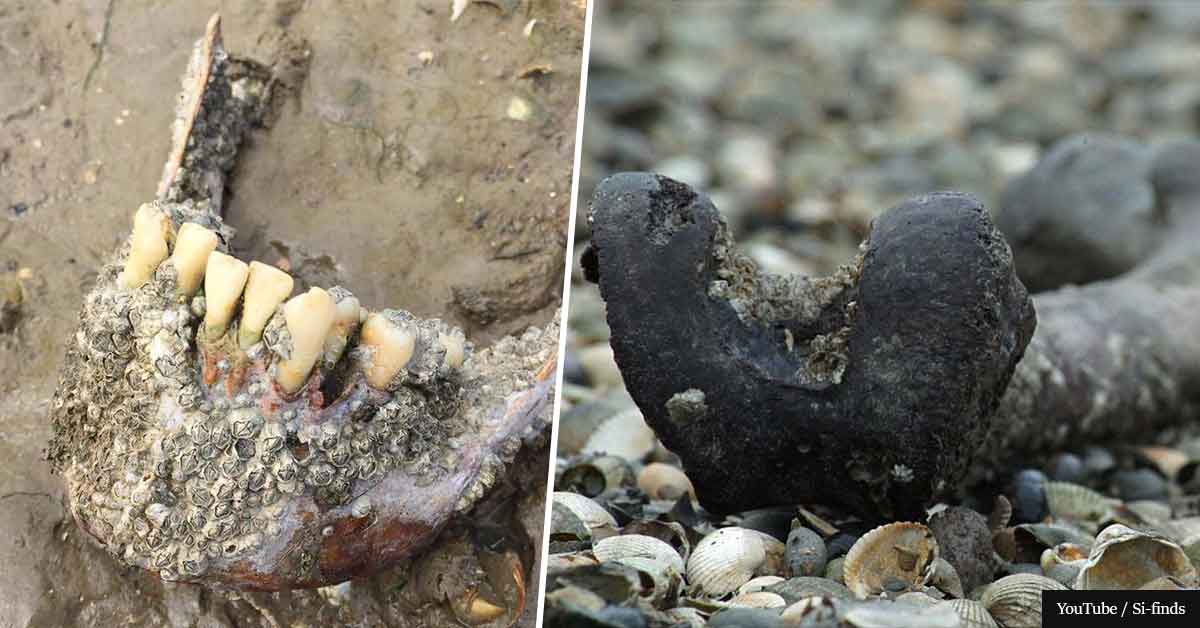The Bronze Age mummies found in China’s Taklamakan Desert decades ago were NOT travelers from the West but part of an ancient Ice Age Asian population.

Back in the 1990s, archeologists uncovered about 300 well-preserved mummies dating from between 2,000 B.C. to 200 A.D. in tombs in the Tarim Basin in China’s autonomous Xinjiang Uyghur region. At the time, the scientists supposed the bodies were of Western travelers because of their facial features.
The mummies, including that of “the Beauty of Xiaohe,” had red and light-brown hair, as well as unusual clothing and diet for the Chinese region. Experts initially thought they were migrants from the Black Sea region of southern Russia, as per Daily Mail.

However, scientists recently debunked the theory that the mummies were Westerners. Analyzing genomic data from 13 of the oldest known mummies, they concluded the Tarim Basin ones were direct descendants of Ancient North Eurasians(ANE). Their group largely disappeared approximately 11,550 years ago, by the end of the last Ice Age.
Choongwon Jeong, a biologist at Seoul National University, stated:
“Archaeogeneticists have long searched for Holocene ANE populations in order to better understand the genetic history of Inner Eurasia. We have found one in the most unexpected place.”

Christina Warinner, a Harvard anthropologist, noted that the people of the Tarim Basin were genetically isolated but “culturally cosmopolitan.”
Speaking to CNN, Warinner added:
“They seem to have openly embraced new ideas and technologies from their herder and farmer neighbors, while also developing unique cultural elements shared by no other groups.”

According to Yinquiu Cui, a professor in the School of Life Sciences at Jilin University, the recent discovery has “a transformative effect on our understanding of the region.”
The professor hopes he would have the opportunity to analyze ancient human genomes from other eras “to gain a deeper understanding of the human migration history in the Eurasian steppes.”




